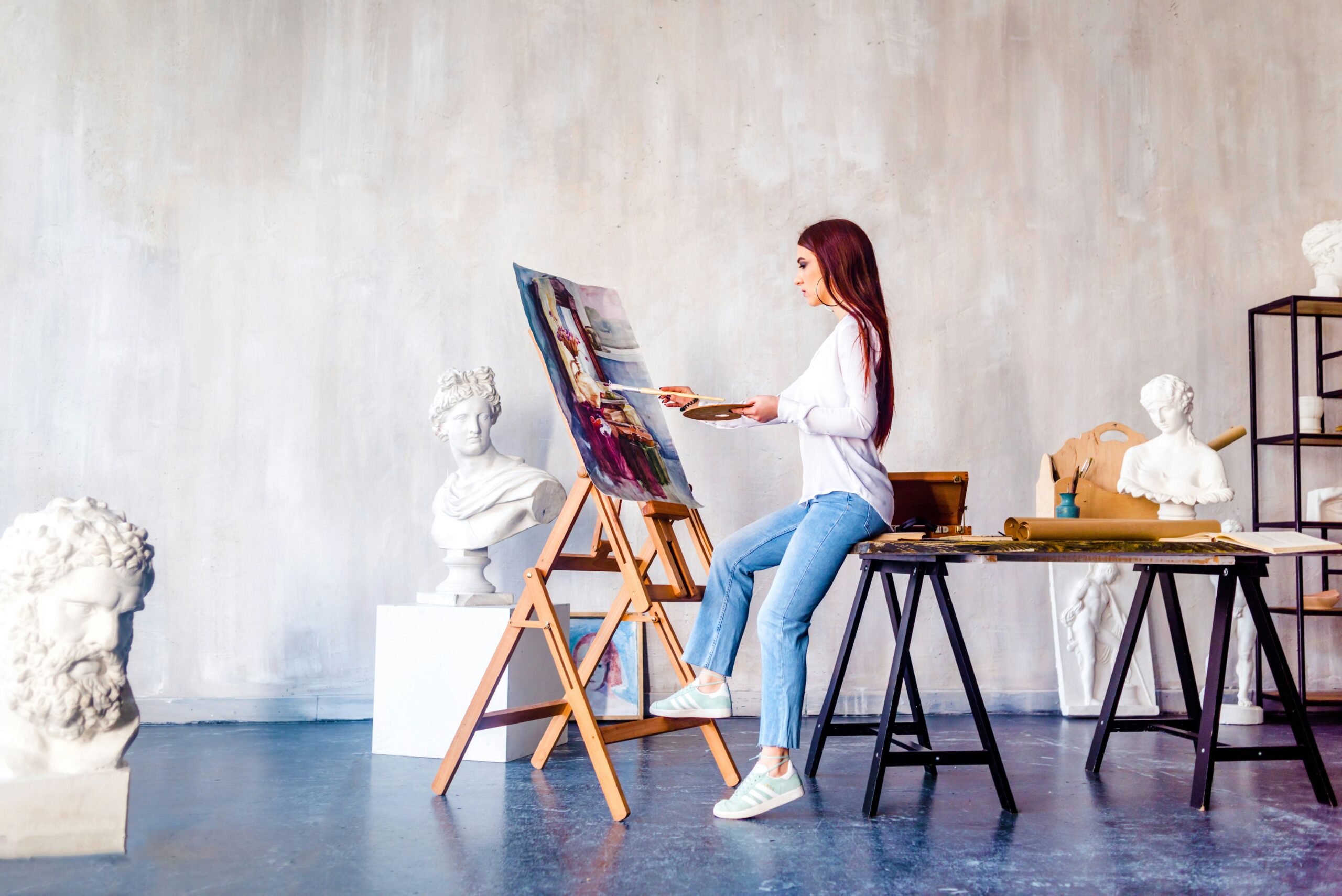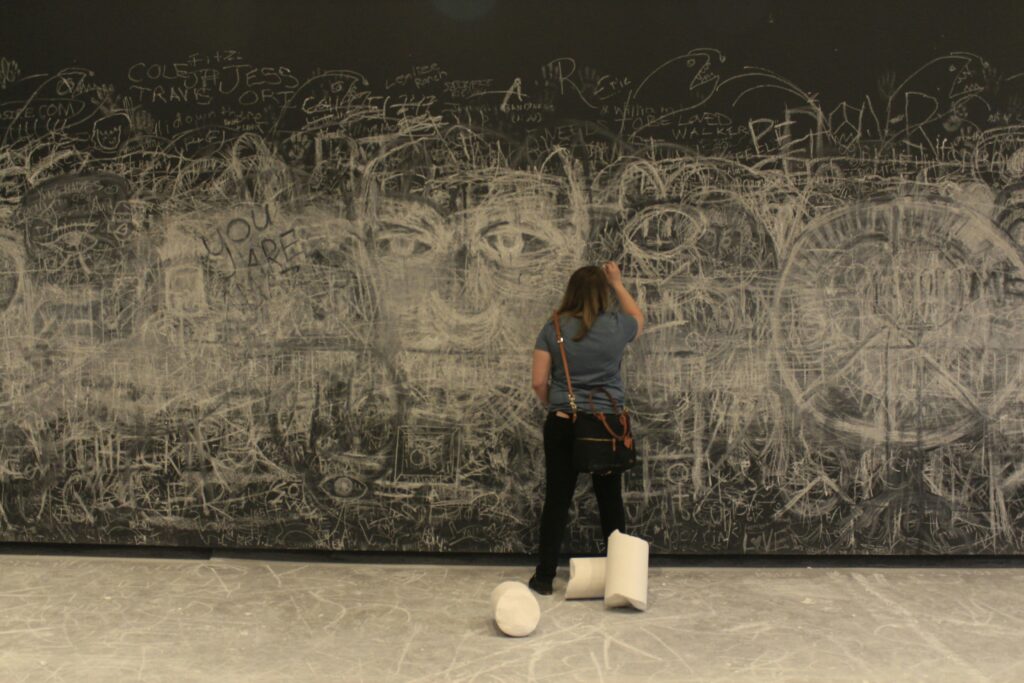Now Reading: Art Therapy for Trauma and Addiction
-
01
Art Therapy for Trauma and Addiction
Art Therapy for Trauma and Addiction

Discover how art therapy for trauma and addiction supports healing, reduces stress, and helps express emotions when words fall short in recovery.
Introduction
Recovery from trauma and addiction is rarely a straight path. It often involves deep emotional wounds, memories too painful to speak aloud, and a sense of disconnection from self and others. Traditional talk therapy plays a crucial role in healing, but it doesn’t always reach every corner of the pain. That’s where art therapy for trauma and addiction can make a difference.
Art therapy offers a safe, creative outlet for expressing emotions that are too complex or overwhelming to verbalize. It taps into the healing power of creativity and provides a gentle, nonjudgmental space to explore feelings, build self-awareness, and support long-term recovery.
What Is Art Therapy?
Art therapy is a form of psychotherapy that uses creative expression—like drawing, painting, sculpting, or collage—as a way to explore emotions, process trauma, and support mental well-being. Sessions are typically led by licensed art therapists trained to help individuals use art for emotional growth and healing.
Art therapy is not about artistic skill. It’s about using creativity to access and process inner experiences in a way that feels safe and supportive.
Why Art Therapy Helps in Trauma and Addiction Recovery
Both trauma and addiction deeply affect the brain, body, and nervous system. They often lead to emotional suppression, dissociation, or self-destructive coping mechanisms. Talking about trauma can feel unsafe or even impossible for some people in early recovery.
This is where art therapy for trauma and addiction becomes so powerful—it allows healing to begin without relying solely on words.
🎨 1. Expressing the Unspoken
Trauma often affects parts of the brain responsible for language. This is why survivors may struggle to describe their experiences. Art therapy bypasses the need for words and lets people express what they feel through color, shape, and form.
📊 A study published in The Arts in Psychotherapy (2016) found that participants in art therapy reported significantly improved ability to express emotions and lower levels of psychological distress 1.
💆 2. Reducing Stress and Regulating Emotions
Creating art activates the parasympathetic nervous system, helping calm the body and reduce anxiety. For those with addiction, who often experience high levels of emotional dysregulation, art provides a healthy outlet for intense feelings.
🧠 3. Rebuilding Connection with the Self
Trauma and addiction can create deep disconnection from the body and identity. Art therapy fosters reconnection. As people engage in creative tasks, they begin to rediscover their voice, their story, and their sense of self—often for the first time.
🤝 4. Supporting Group Healing
Art therapy can also be done in group settings. Sharing artwork allows individuals to connect with others in recovery without the pressure of verbal disclosure. It fosters community, empathy, and a sense of shared healing.

How Art Therapy Supports Trauma Healing
Trauma often lives in the body. It can resurface through flashbacks, nightmares, or overwhelming emotions. Art therapy helps bring those experiences into awareness safely and gradually.
Techniques that support trauma healing include:
- Safe space drawings: Creating a visual representation of a place that feels secure.
- Timeline collages: Exploring life events and identifying turning points or wounds.
- Body mapping: Drawing on outlines of the body to reflect where emotions are held.
- Mask making: Exploring the contrast between outer appearance and inner experience.
These tools help individuals process trauma visually, offering insight and relief without re-traumatization.
How Art Therapy Helps in Addiction Recovery
Substance use often begins as a way to numb emotional pain or escape traumatic memories. Recovery requires learning new, healthier ways to cope with discomfort.
Art therapy for trauma and addiction gives individuals tools to:
- Identify emotional triggers
- Develop self-soothing techniques
- Visualize their goals for sobriety
- Rebuild a positive self-image
- Experience joy and playfulness without substances
📊 According to a 2021 review in Frontiers in Psychology, creative therapies like art therapy enhance motivation for treatment and reduce relapse risk in people recovering from substance use disorders 2.
Real-Life Example: Alex’s Story
Alex, a 29-year-old recovering from opioid addiction and childhood abuse, struggled to speak during therapy sessions. Through art therapy, he began painting stormy oceans and torn landscapes.
Eventually, he explained, “This is what my mind feels like.” With time, his art evolved—brighter skies, calmer waters. “Art let me tell the truth without saying a word,” he said.
Getting Started with Art Therapy
You don’t have to be an artist or know how to draw. All you need is a willingness to explore and express.
Here’s how to begin:
- Work with a licensed art therapist: Look for professionals trained in trauma-informed care and addiction recovery.
- Create a safe space at home: Set aside a journal, sketchpad, or basic art supplies for personal reflection.
- Try simple prompts:
- “Draw what healing looks like.”
- “Create your safe space.”
- “Express a feeling using only colors and shapes.”
Tips for a Safe and Supportive Practice
- Go slow: Art may surface deep emotions. Give yourself time to process.
- Be nonjudgmental: There’s no right or wrong way to create.
- Reflect gently: After creating, write or talk about what the image means to you.
- Reach out: If difficult memories surface, connect with a therapist or support group.
Final Thoughts
Healing from trauma and addiction is complex, but it’s possible—and you don’t have to do it with words alone. Art therapy for trauma and addiction offers a gentle, creative pathway to emotional healing. It helps people reclaim their voice, process pain, and reconnect with joy.
You don’t need a masterpiece. You just need a moment, a page, and a little courage to feel again.
“Art enables us to find ourselves and lose ourselves at the same time.” – Thomas Merton
References
- Haeyen, S., van Hooren, S., van der Veld, W., & Hutschemaekers, G. (2016). Measuring the effect of art therapy in patients with personality disorders. The Arts in Psychotherapy, 47, 29–37. ↩
- Kaimal, G., Ray, K., & Muniz, J. (2021). Art therapy and substance use recovery: A systematic review. Frontiers in Psychology, 12, 637120. ↩
























